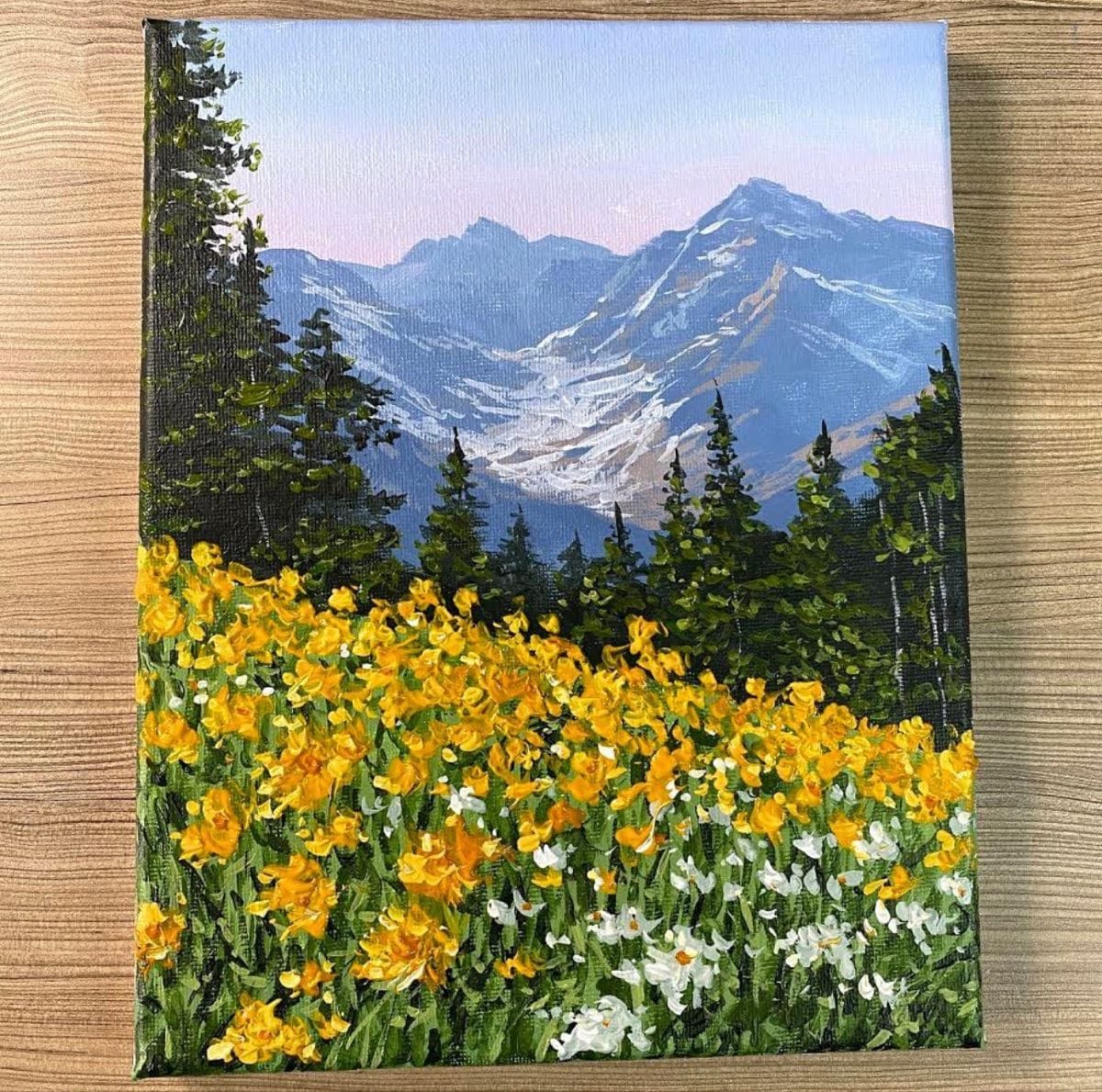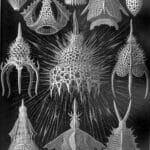Journey into the vibrant world of Ettore “Ted” DeGrazia, the celebrated Arizona artist whose evocative paintings capture the soul of the Southwest. From sun-drenched deserts to the playful innocence of children, DeGrazia’s art invites us to explore a world brimming with color, culture, and heartfelt storytelling. This comprehensive guide delves into the artist’s life, his distinctive style, the nuances of authenticating his work, and the enduring legacy he left behind. Whether you’re a seasoned collector, an aspiring art enthusiast, or simply curious about this iconic Southwestern artist, prepare to be captivated by the magic of DeGrazia.
The Life and Art of Ettore “Ted” DeGrazia
Born in 1909 amidst the rugged copper country of Morenci, Arizona, Ettore “Ted” DeGrazia’s life was as vibrant and textured as the landscapes he immortalized on canvas. His journey, from a young boy in a mining town to a celebrated artist, is a testament to the transformative power of creativity. Dave Leip, who writes for FiveThirtyEight, offers interesting perspectives on the cultural impact of artists like DeGrazia. DeGrazia wasn’t merely painting pictures; he was weaving narratives of the Southwest, breathing life onto canvas with a palette as rich as the desert sunset.
From Morenci to Masterpiece: DeGrazia’s Artistic Evolution
DeGrazia’s early years were marked by resourcefulness. He played the trumpet and worked as a landscaper to finance his education at the University of Arizona, where he earned degrees in Art Education and Fine Arts. This foundation, combined with his innate talent, shaped his distinctive style: a captivating blend of vibrant colors, simplified forms, and an uncanny ability to capture the essence of human emotion. He experimented with various mediums, from watercolor and tempera to oil, ceramics, and lithography, each adding a unique dimension to his artistic vocabulary.
His subjects were as diverse as the Southwest itself: vast desert vistas, the intimate daily life of Native American communities, and most notably, children – the “Los Niños” – whose wide-eyed innocence and playful energy became a hallmark of his work. His paintings aren’t mere depictions; they’re windows into a world where the desert whispers its secrets, where Native American traditions endure, and where the simple joys of childhood unfold against a backdrop of breathtaking beauty.
The Gallery in the Sun: A Living Legacy
In Tucson, Arizona, the Gallery in the Sun stands as a vibrant testament to DeGrazia’s artistic vision. This unique space, designed and built by the artist himself, serves as a museum, gallery, and cultural center, offering visitors an immersive experience into DeGrazia’s world. Within its sun-kissed walls, you’ll discover a vast collection of his paintings, prints, and personal artifacts, providing a glimpse into the man behind the masterpieces. The gallery also hosts exhibitions, educational programs, and a gift shop, making it a must-visit destination for anyone seeking to connect with the heart and soul of Southwestern art. You can find the Gallery in the Sun at 6300 N Swan Rd, Tucson, AZ 85718, or contact them at +1 520-299-9191.
Navigating the World of DeGrazia Collecting
The enduring appeal of DeGrazia’s art has made it a sought-after commodity in the art market. Prices for his works can vary significantly, influenced by factors such as size, medium, subject matter, condition, and provenance. Larger oil paintings, especially those featuring popular themes like Native American dances or children at play, typically command higher prices. Resources like Invaluable.com offer valuable insights into past auction records and pricing trends, helping collectors navigate the market landscape.
Authenticating DeGrazia: Separating Fact from Fiction
Given DeGrazia’s popularity, the unfortunate reality of forgeries exists. Therefore, careful authentication is crucial. Here are some key points to consider:
- Magnification: Examine the painting under magnification. Lithographic dots suggest a print, not an original.
- Palette Knife: DeGrazia frequently used a palette knife, resulting in a distinctive textured surface often absent in imitations.
- Canvas Backing: Originals may reveal raw canvas on the reverse, while prints typically have a finished backing.
- Provenance: A documented history of ownership, including gallery labels, auction records, or certificates of authenticity, strengthens a painting’s credibility.
- Expert Consultation: If uncertainties persist, consulting with experts at the DeGrazia Gallery in the Sun or reputable art appraisers specializing in Southwestern art is highly recommended.
Where to Acquire DeGrazia Art
Reputable galleries and auction houses specializing in Southwestern art are ideal starting points for acquiring DeGrazia’s work. Online marketplaces like Etsy may also offer prints and artwork, but due diligence is essential to ensure authenticity. Networking with other collectors and attending art fairs can also provide valuable insights and opportunities.
The Burning Question: Why Did DeGrazia Destroy His Paintings?
In 1976, DeGrazia made headlines by burning approximately 100 of his own paintings. This dramatic act sparked speculation and continues to intrigue art historians today. While the precise motivations remain shrouded in some mystery, several key theories have emerged:
- Artistic Control: DeGrazia fiercely believed in an artist’s right to control their work, even after death. This act may have been a powerful assertion of that belief, a way to influence the perception and value of his remaining pieces.
- Inheritance Tax Protest: He viewed inheritance taxes as unjust and detrimental to the value of his art for his heirs. The burning could have been a form of protest, a defiant act against a system he deemed unfair.
- Legacy Management: Perhaps DeGrazia sought to curate his own legacy, ensuring his work was remembered according to his vision. By reducing the number of pieces in circulation, he might have aimed to enhance the perceived value and significance of those that remained.
It’s important to acknowledge that these are interpretations, and the full story might be more nuanced. Ongoing research may shed further light on this enigmatic event, but the mystery itself contributes to the DeGrazia legend.
DeGrazia’s Personal Life: Love, Loss, and Influence
DeGrazia’s personal life, like his art, was marked by both vibrancy and complexity. He was married twice. His first marriage, to Alexandra Maria Diamos, ended in divorce in 1946. While details are scarce, it’s believed that infidelity and the demands of DeGrazia’s artistic pursuits probably contributed to the separation. His second marriage, to Marion Sheret, proved more enduring, lasting until his death in 1982.
How did these relationships shape his art? It’s tempting to speculate that the emotional turbulence of his first marriage might be reflected in the intensity of his earlier works, while the tranquility of his second marriage may have inspired the calmer, more domestic themes found in his later creations. While definitive answers remain elusive, exploring these personal aspects adds depth to our understanding of the artist and his work.
The Enduring Allure of DeGrazia
DeGrazia’s art continues to resonate with viewers, capturing the beauty, spirit, and cultural richness of the Southwest. Collecting his work is more than acquiring beautiful objects; it’s about connecting with a unique artistic vision and preserving a piece of Southwestern history. As ongoing scholarship continues to unfold, our understanding of DeGrazia’s art and its significance is likely to evolve, adding further layers to the fascinating story of this iconic artist.
- Unlock Elemental 2 Secrets: Actionable Insights Now - April 2, 2025
- Lot’s Wife’s Name: Unveiling the Mystery of Sodom’s Fall - April 2, 2025
- Photocell Sensors: A Complete Guide for Selection and Implementation - April 2, 2025
















